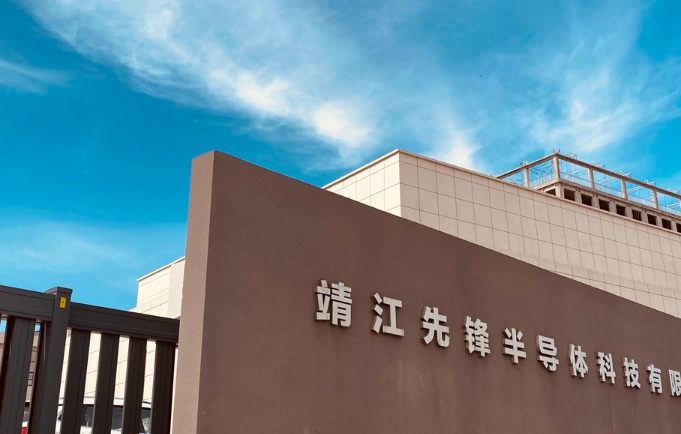Very important news. Kingstone () according to my knowledge is the only Chinese producer of the very critical and strategical ion implantation equipment, currently strongly in US hands (AMAT, Axcelis). I know there is some prototype-like machine developed by CETC, but Kingstone is the only one with a "production" machine. Please correct me if I am wrong.
Ion implantation machine is considered one of the most crucial pieces of equipment, after lithography. It would be very interesting to know for which node (28nm?) has it been validated and sold.
capability up until 3nm. 7nm verified.
同时,上海凯世通超越7nm离子注入平台已通过客户验证并取得验收。
....
据了解,凯世通承担了多项国家重大专项和科技项目,获得的知识产权全部归凯世通所有。在2016年已突破14nm工艺中离子注入机研发的最大技术障碍,目前凯世通离子注入机的工艺已实现28nm至3nm全面覆盖。”万业企业副总裁兼董秘周伟芳在接受第一财经专访时透露。


